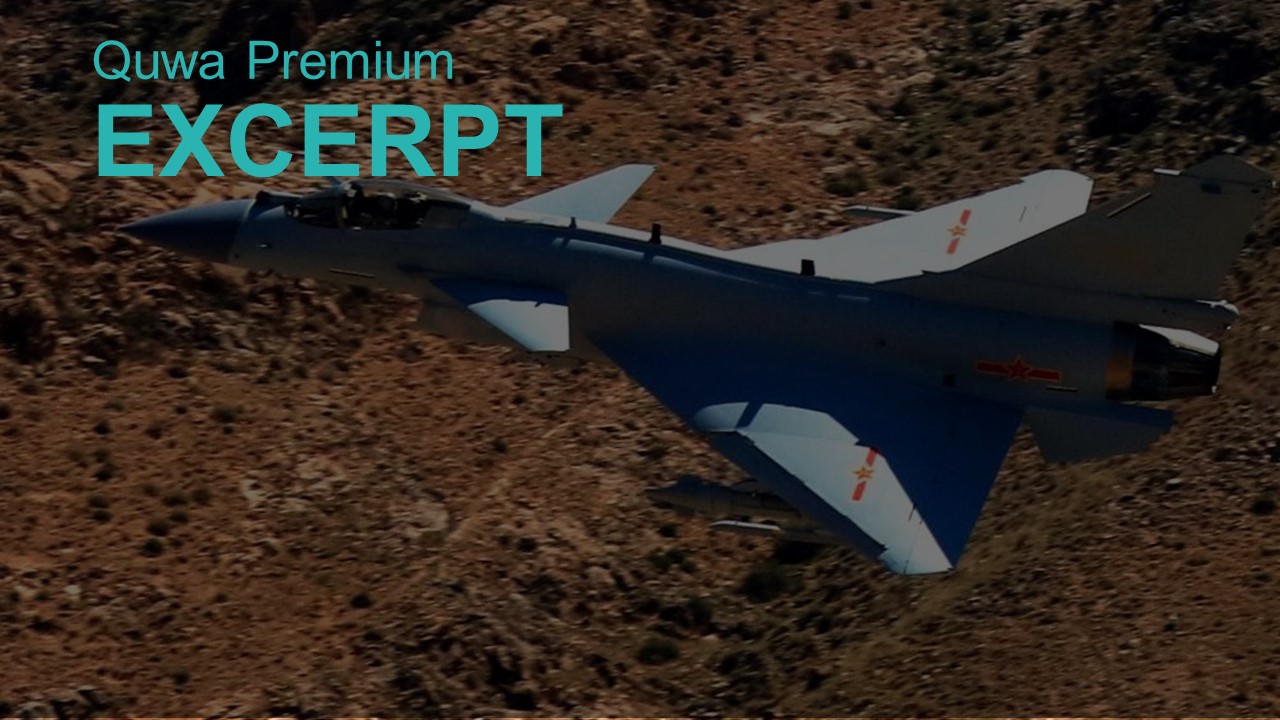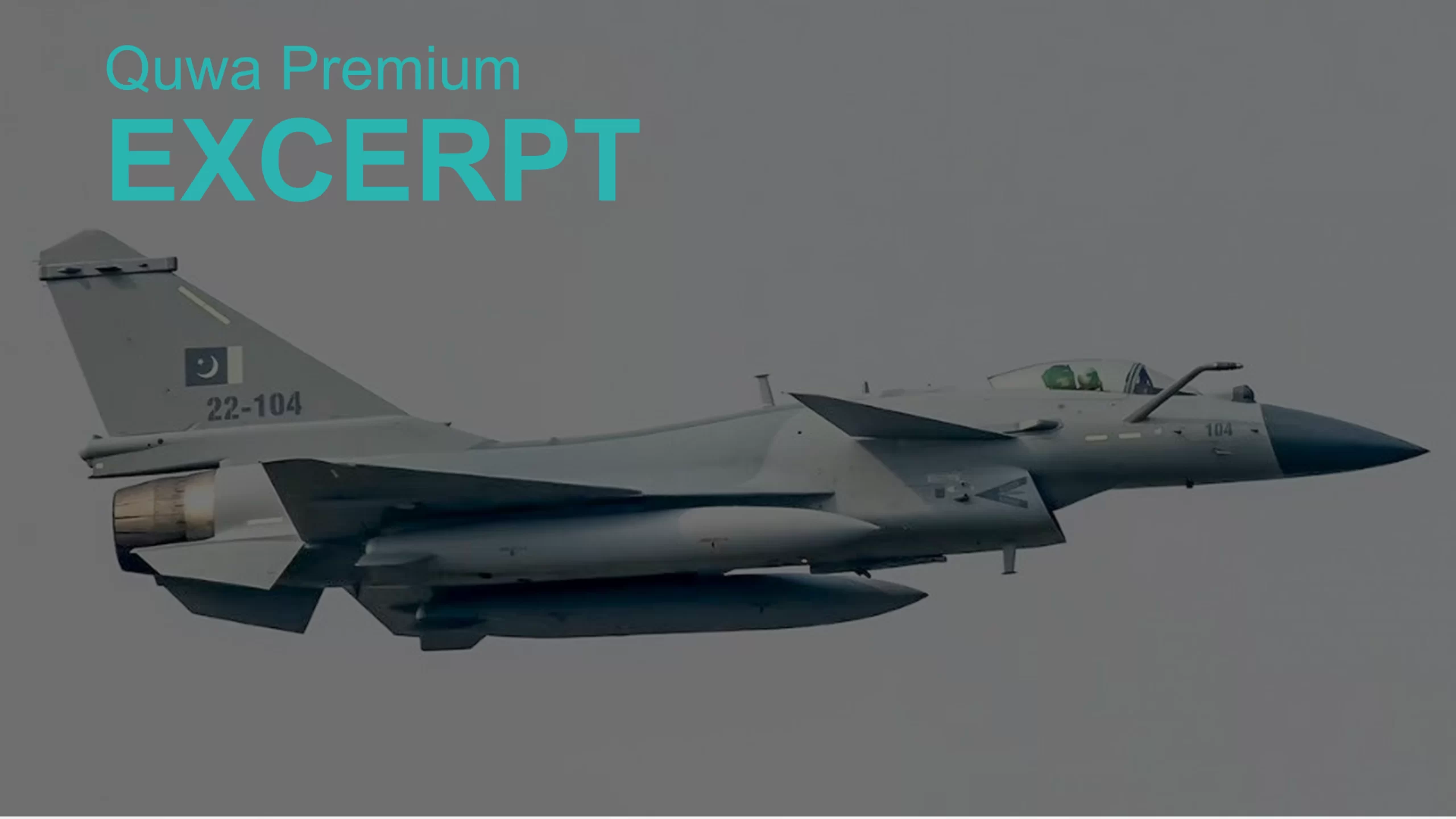1889Views

China’s New Fighters Emerge
Last week, photos emerged of two new fighters from China’s burgeoning aerospace industry: the twin-seat variant of the Chengdu J-20, and, potentially, the carrier-borne J-XY (or J-35).
If the images are conclusive, they would signify two significant advances for China. First, the approaching availability of a twin-seat, stealthy combat aircraft. Second, a homegrown carrier-borne multirole fighter tailored for the specific needs of the People’s Army Liberation Navy (PLAN).
Twin-Seat J-20
The Chengdu J-20 was the first of China’s next-generation fighter aircraft (NGFA) out of the gate. The J-20 technology demonstrator flew in 2012. China officially debuted the J-20 at the 2016 Zhuhai Air Show. By 2018, reports had emerged of operational People’s Liberation Army Air Force (PLAAF) units receiving J-20 aircraft. Based on information from Chinese defence observers, it seems that the J-20 is not yet a mainstay asset like the J-10, J-11 or J-16-series of fighters, but it is percolating into a growing number of units.
The growing adoption of the J-20 could be driving the development of a twin-engine variant. Interestingly, one does need a twin-seater for training. To-date, NGFA users around the world (entirely F-35 users) have been content with simulators. With this variant of the J-20, China will be the first with a twin-seat NGFA…[end of excerpt]
J-XY/J-35
Recently, a photo of an apparent FC-31 variant emerged online. Chinese defence observers suggest that the variant in question is the J-XY/J-35, the forthcoming carrier-borne fighter for the PLAN. The FC-31 is a demonstrator for a twin-engine, medium-weight multi-role fighter with stealthy design elements, such as an internal weapons bay and low radar cross-section (RCS) attributes, among others.
The Aviation Industry Corporation of China (AVIC) had pitched the FC-31 as a stealthy multirole fighter for the export market. However, the FC-31 did not catch a co-development/funding partner as intended. But AVIC’s Shenyang Aircraft Corporation (SAC) continued developing the platform on its own budget.
Eventually, the PLAN and, potentially, PLAAF adopted the FC-31, but with additional changes. In the case of the PLAN, the FC-31 would evolve into a larger fighter for carrier operations. Compared to the original FC-31, the J-XY/J-35 seems to have an enlarged airframe (notably a larger nose radome) and a potentially revised canopy/cockpit area. However, if the aircraft is meant for carrier operations, it will have many less apparent design changes too. For example, it would have a reinforced airframe to sustain hard landings, and – as the images suggest – foldable wings and special gear equipment (like a launch bar)…[end of excerpt]
End of Excerpt (408/1,130 words)
You can read the complete article by logging in (click here) or subscribing to Quwa Premium (click here).
Want More Information on China’s fighter programs? Check Out:
- Analysis: The JF-17’s Unique Value Proposition
- JF-17 Block-III Starts Taking Shape
- Pakistan to Use JF-17B for Training and Frontline Use


